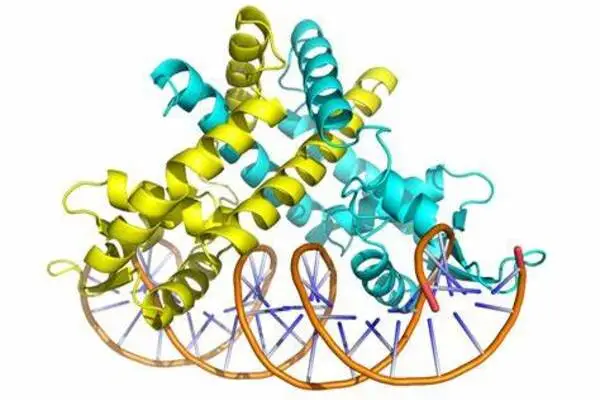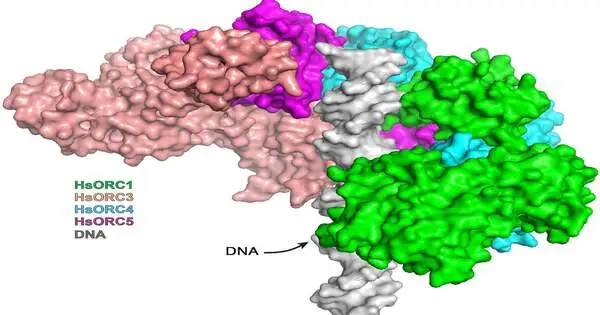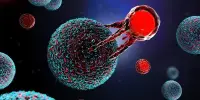In the human body, damage to genetic material (DNA) is repaired via very efficient systems that have yet to be fully investigated. A scientific team led by Christian Seiser of MedUni Vienna’s Center for Anatomy and Cell Biology has found a hitherto unknown regulatory point for these processes. This could pave the way for a novel strategy for developing cancer medicines that hinder the repair of injured cancer cells. The findings were recently published in the journal “Nucleic Acids Research.”
The newly discovered complex, known as GSE1-CoREST, has three enzymes that control DNA repair processes and could serve as the foundation for innovative cancer therapies. “In research, these proteins are already associated with cancer, but not in the context that we have now found,” emphasizes Christian Seiser, who led the study in close collaboration with researchers from the Max Perutz Labs Vienna. The novel complex was identified as a DNA repair process controller utilizing a precise measurement approach (affinity purification mass spectrometry).
The effectiveness of the novel cancer therapeutics based on this, which are intended to improve the response of tumor cells to cancer therapies, is now being tested in preclinical studies.
Christian Seiser
“This also showed that the inhibition of these enzymes can prevent the repair of genetic material and cause the death of cells,” says first author Terezia Vcelkova from MedUni Vienna’s Center for Anatomy and Cell Biology describing a highly desirable effect in tumor cells.
Controlling DNA repair involves influencing the complex molecular mechanisms that cells use to identify and fix damage to their DNA. DNA repair is crucial for maintaining genomic integrity and preventing mutations that can lead to diseases, including cancer.

Stopping repair mechanisms
The genetic material, the DNA, is exposed to various harmful influences such as UV light or environmental pollutants on a daily basis. These influences can lead to changes in the DNA sequence, so-called mutations. To repair this damage to genetic material, various highly efficient biochemical repair mechanisms are normally activated. If these processes do not succeed in repairing the damage, programmed cell death (apoptosis) is ultimately initiated to protect against malignant cells.
To maintain their survival, cells respond to DNA damage by activating and integrating signaling pathways or cascades. This is accomplished mostly through the activation of signaling pathways known as the DNA damage response (or DDR). These signaling cascades are in charge of delivering repair components to the correct location in the genome at the right time, allowing the altered DNA to be repaired efficiently and quickly.
The current research has improved our understanding of the control instances and regulators involved in this relationship. “The effectiveness of the novel cancer therapeutics based on this, which are intended to improve the response of tumor cells to cancer therapies, is now being tested in preclinical studies,” Christian Seiser explains about what’s to come.
















